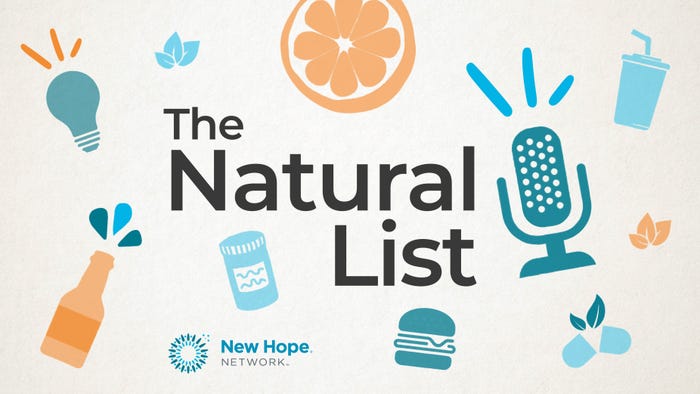How to balance your sale price vs. your regular price
Don’t go bankrupt by setting your promotional prices far too low. But, conversely, don’t waste margin on slim discounts that fail to attract new customers. Striking the right balance between your sale price and your regular price is a critical part of growing your consumer base. This article lines out key issues to consider when setting your sale price, with some tips for convincing retailers and distributors to contribute margins.
June 27, 2013

While there are no absolute rules of thumb, generally speaking, your discount should allow for a promotional price that is around 15% less than your regular price. Much has to do with your promotional strategy. If your promotional objective is to generate trial—where the strategy is to get those consumers for whom the regular price was a barrier to say, “Well, maybe now is the time to try it”—then you may promote differently than if you have a commodity product, where you may want people to stock up. The hope is that following a successful trial, these consumers will return to the brand once the price is increased to the non-promoted price.
It is a waste of money and margin if you are not willing to take the price down to a level that generates new trial and potential new customers. For example, assuming an every-day retail of $3.99, a 15% discount would result in a sale retail of $3.39 per unit. This difference should be adequate to get consumers off the fence and willing to try the brand. However, a 5% discount resulting in a $3.79 sale retail will just reward your existing customer.
The big question that only can be answered through your testing and careful analysis is, what impact would increasing your discount to 25% (an additional 10% from the example above) and the resulting retail of $2.99 have on increasing the trial? For the additional 10%, you may find that you get a prominent spot in the flyer, an off-shelf display, and attract double the number of consumers to try the product on sale.
We suggest the following for determining your sale price point:
Begin with the price point that you wish to achieve and work backwards to the percentage discount that achieves this price point. The mass-market industry discounts in dollar/monetary terms (e.g., $4.00 off per case). The marketer has begun with a target for the sale price point and works backwards, offering dollars off per case to achieve that magic price point. The natural foods industry, on the other hand, likes to speak about discount percent off and usually speaks in round numbers (e.g., 10%, 15%, 20%, etc). Instead of starting with the question—“What is my optimal sale price?”—the natural foods marketer often says, “I will be super aggressive and offer a 20% discount on this promotion,” without always thinking through to the resulting price point. Your optimal sales price may only need to be 17% off, not 20%, saving your company the 3% difference.
Test difference price points. When running promotions, begin with 10% to 15% discounts and analyze the resulting sales. If your product currently sells at $3.49 per unit, your goal should be to get your sale retail to $2.99. It is unlikely that you will benefit in incremental sales to give additional discount that results in a $2.89 sale retail.
Ask your distributor and retailer to contribute some of their margins towards the deal. An approach that has often worked well is to stretch a standard deal to be more aggressive in return for contribution by the distributor, retailer, or both. An example would go like this: “My current retail is $2.99, and standard discount is 15%, which results in a $2.49 sale retail. If I increase my discount to 25% off, will you kick in the additional 10%, which will achieve a retail of $1.99? At this price, we will increase trial considerably, which will benefit both companies in the long run.” Generally speaking, the natural industry recognizes the logic of partnering to make standard deals extraordinary. This has become even firmer over the years as independent retailers struggle to compete with the supernatural stores and grocery/mass market competitors. It can’t hurt to ask the question.
This content is excerpted from the Natural Products Field Manual, Sixth Edition, The Sales Manager’s Handbook, written by Bob Burke and Rich McKelvey. To learn more about or purchase the Natural Products Field Manual, visit the Natural Products Consulting Institute website.
About the Author
You May Also Like


